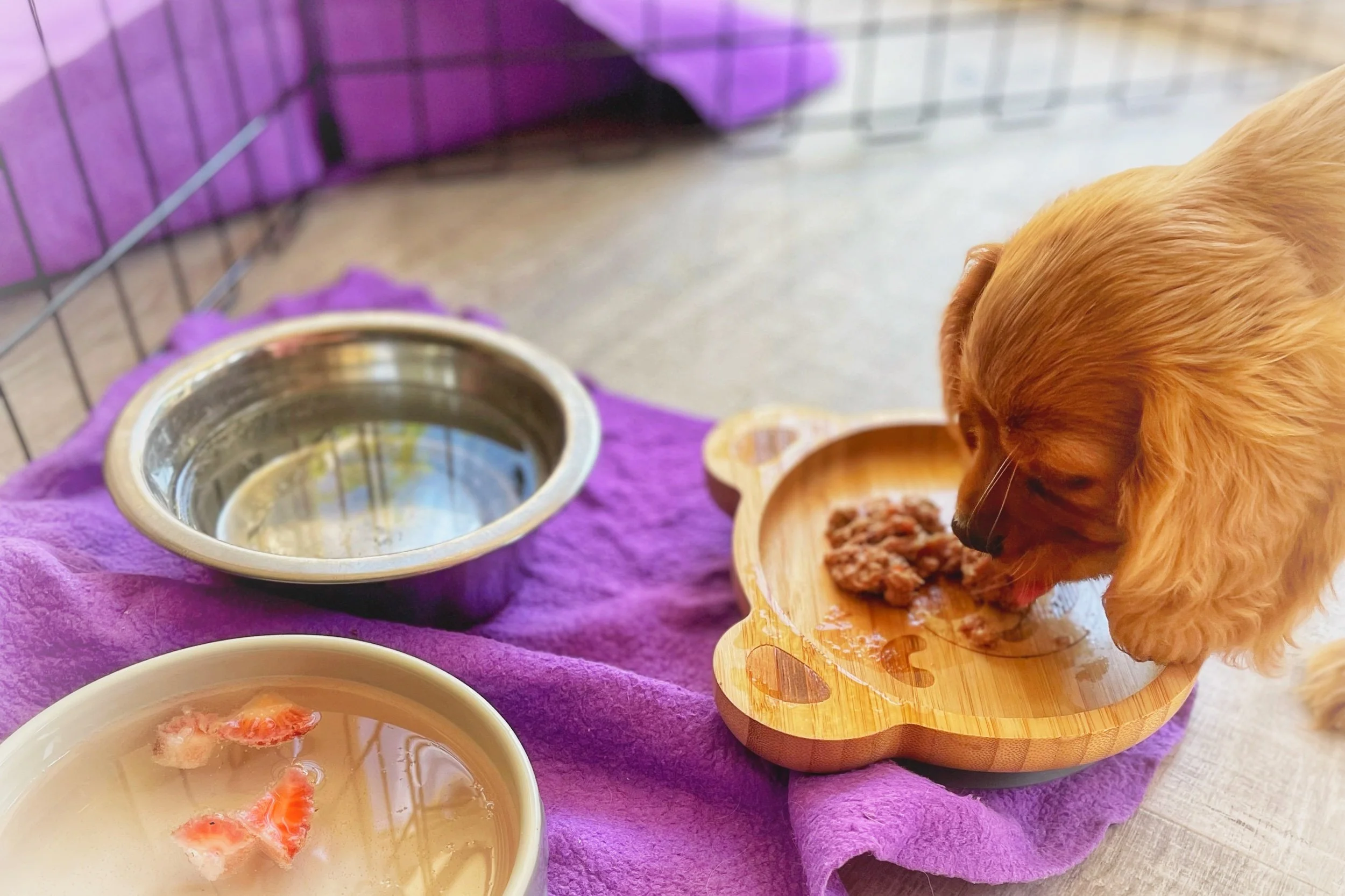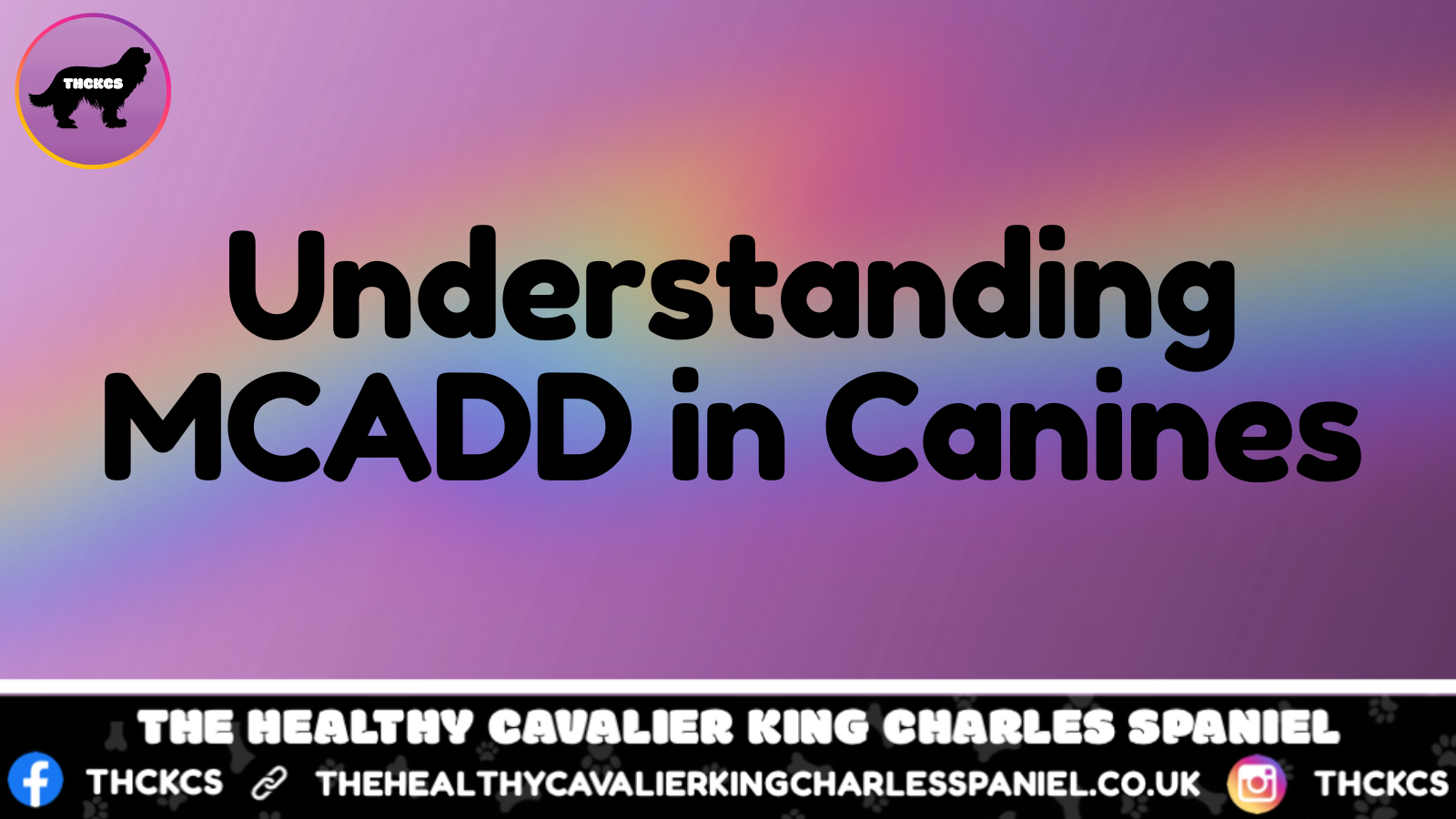Transitioning To Raw
Switching to raw - What's best, all at once or gradually?
There are broadly 2 schools of thought about switching a pet from processed pet food to raw.
One is the take no prisoners approach of stopping the previous food one day and starting 100% raw the next.
The other is to transition slowly, by introducing a small amount of raw, to begin with, and increasing the proportion in stages every few days until 100% raw is being fed.
Those who advocate the sudden switch to the raw method, often quote research studies suggesting that gastric pH is higher when processed food (largely kibble) is fed compared to a 100% raw diet. And as a strongly acidic stomach environment is an important part of the destruction of pathogens in food, any weakening of this by mixing kibble and raw could increase the risk of disease caused by Salmonella, Campylobacter and other potentially harmful microorganisms.
Diluting the concentration of gastric acids might also lead to food (both processed and raw) not being broken down properly, leading to partially digested food entering the small and the large intestines. When this happens, it's common for bloating, excessive wind, abdominal discomfort, bacterial overgrowths and possibly IBD to occur.
With this in mind, the case for the quick switch and not mixing kibble and raw sounds pretty convincing.
But does this pan out in practice? Not in my experience.
I frequently encounter pets whose owners tried to switch to raw quickly but gave up.
Why?
1. Suddenly changing from highly processed and often carbohydrate-rich foods to a virtually all protein diet causes a significant number of pets to vomit or develop diarrhoea. And this occurs because their digestive systems (the pancreas in particular) are simply not used to or able to cope with such a diet.
2. A 'bad' experience with raw, can stay in a pet's mind and the discomfort / adverse reaction (however mild) becomes associated with the food being fed. For some dogs, this can be enough to put them off raw for a long time - if not for life.
3. Seeing a pet vomit, develop diarrhoea or display any other signs of being 'unwell' following the introduction of raw, is not an encouraging start for most people or an incentive for them to continue.
4. If a particular raw food(s) doesn't suit a pet it can cause more worrisome problems than the processed food being fed.
On the other hand, I've never seen a single problem in transitioning pets gradually. Not once. And this is with thousands of pets.
And this is, I believe why:
1. Transitioning slowly allows the body to adapt at a comfortable pace - which as we know is a prerequisite for health. No one becomes fit and healthy by running a marathon on day 1 of their new exercise programme. Slow steady progress is the key to success. In doing too much too soon, the opposite is true - they are almost certainly going to do themselves harm The same is true for dietary changes. The whole digestive system, from the rhythm of the peristaltic movements of the intestines moving food down the oesophagus to the anus, to the composition of the digestive juices (from salivary amylase to the number of pancreatic proteases) is profoundly influenced by what the body is used to being fed. Changing that dramatically and suddenly can be a real shock - and it often is. Transitioning slowly, on the other hand, avoids unnecessary stress on the body and allows it to adapt healthily. Organs, tissues, cells and the chemical mediators of physiology and function need time to change.
2. Cleansing/detoxification can occur without precipitating unpleasant/distressing GI symptoms/skin eruptions etc which can sometimes occur.
3. If the raw food(s) chosen doesn't suit a particular pet, this can quickly be spotted and corrected before it gets out of hand.
As with many aspects of pet care, the best way forward for each individual pet depends on many factors - and this is the essence of a holistic approach.
That said, transitioning gradually to raw has proven to be a gentle, kind and effective approach to improving the diet and subsequent health of most of the pets we've seen over the last 30 years - including those with serious health problems. And this is why - unless there is a compelling reason not to - to arise this approach.













